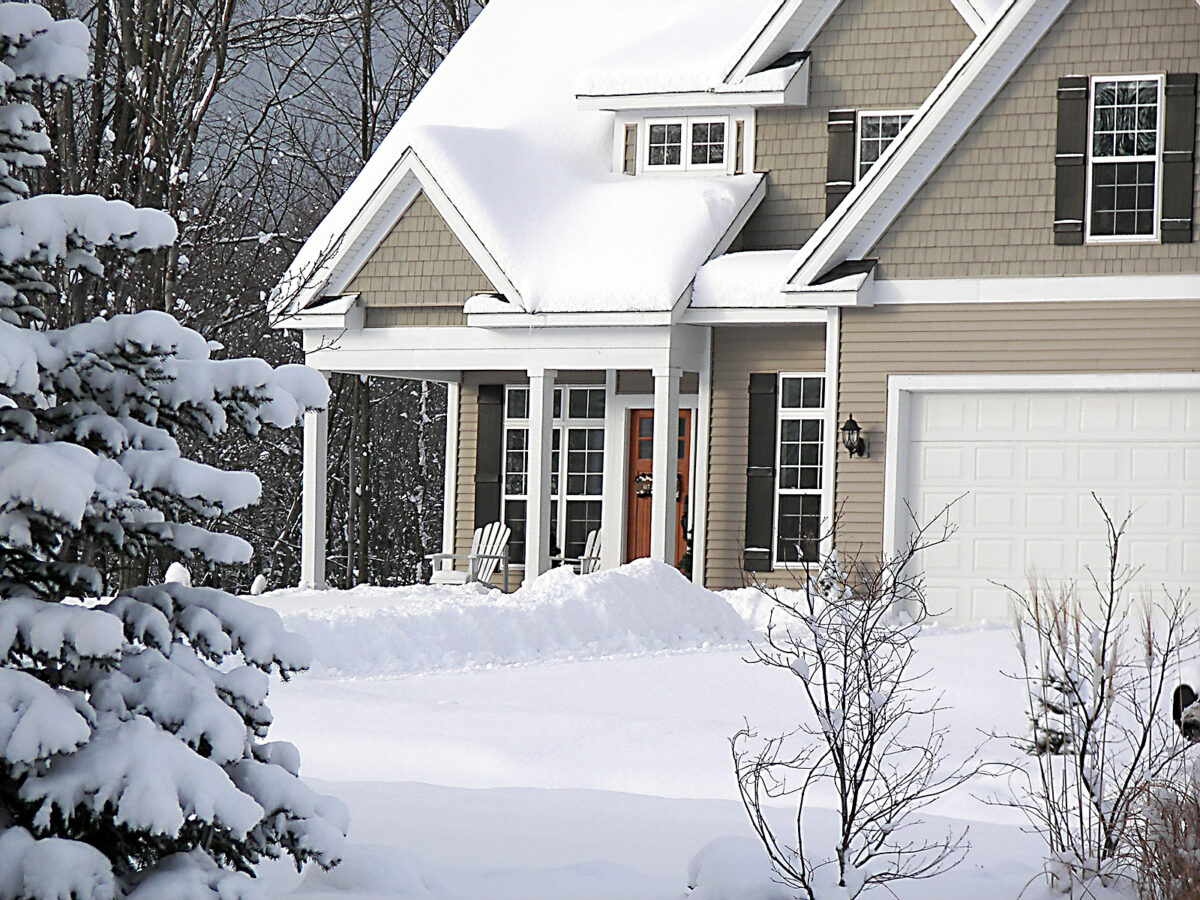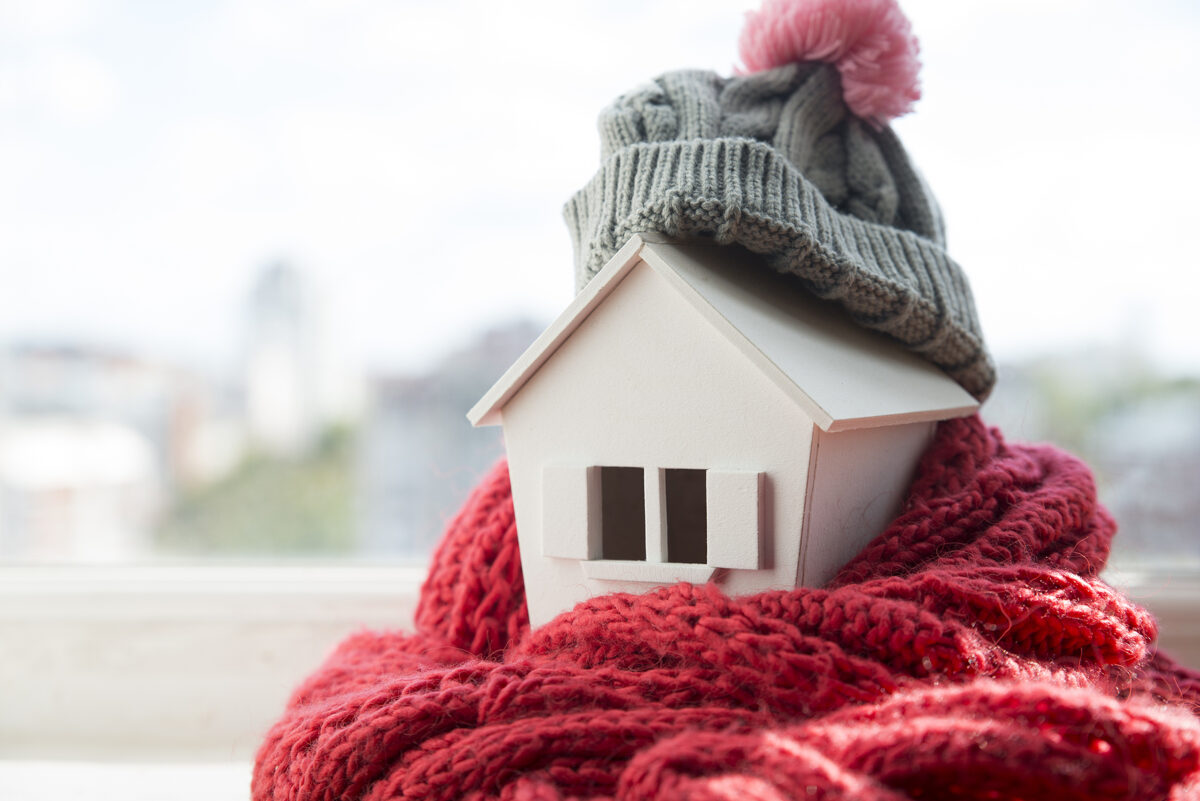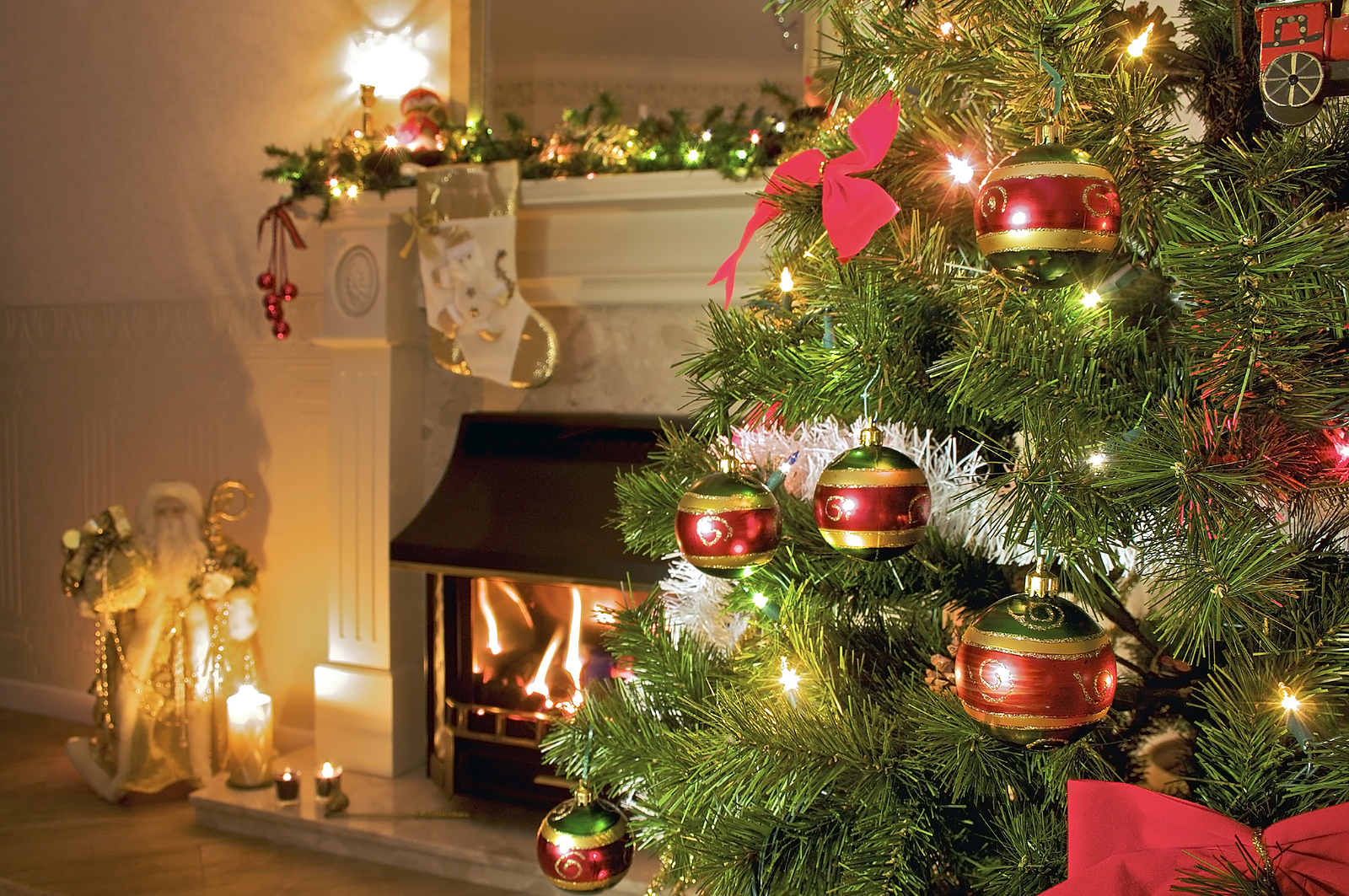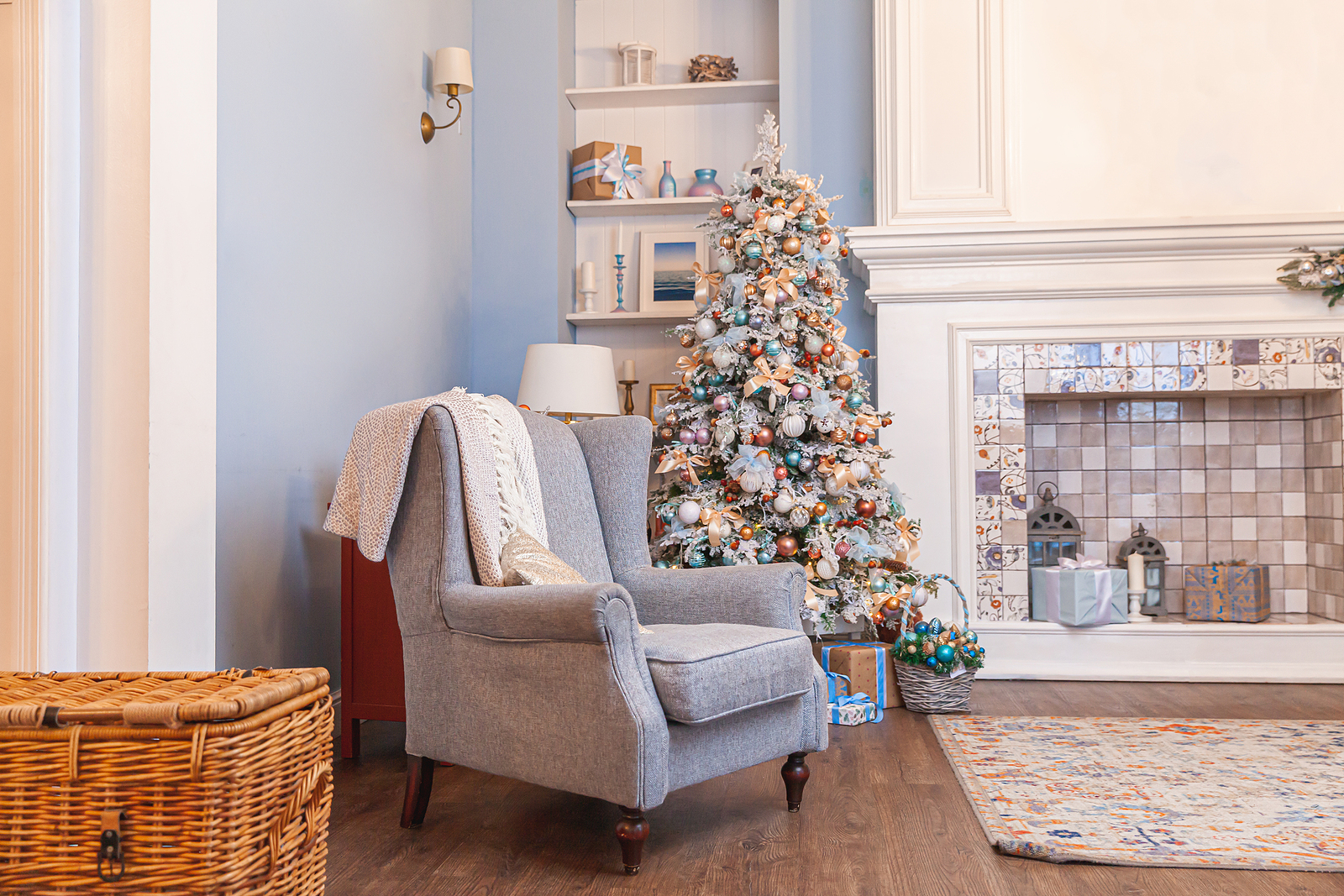Winter wonderland or real estate chill? Selling your home in the winter comes with its own set of unique advantages and challenges. As the snow falls and temperatures drop, let’s explore the pros and cons of putting your property on the market during the colder months.
Pros
Less Competition, More Attention
Winter often sees a decline in the number of homes available on the market. Many sellers choose to wait for the warmer seasons, leading to a scarcity of options for potential buyers. This reduced competition means your property is more likely to stand out, garnering increased attention from serious home seekers.

Serious Buyers Only
Winter buyers are often more motivated. Whether due to job relocations, changes in family dynamics, or other life events, those shopping for homes in the winter are usually on a tight schedule. This can expedite the selling process, resulting in a faster transaction and a smoother closing.
Cozy Atmosphere
The winter season allows you to showcase the cozy and inviting aspects of your home. A crackling fireplace, warm lighting, and a well-insulated property can create a welcoming atmosphere that resonates with potential buyers. Highlighting these features can make your home feel like a haven from the winter chill.

Cons
Curb Appeal Challenges
One of the downsides of selling in winter is the impact on curb appeal. Snow-covered landscapes and bare trees might not present your home in the best light. To combat this, keep walkways clear, add seasonal decorations, and ensure exterior lighting enhances your home’s exterior even in the darker months.
Weather-Related Delays
Winter weather can be unpredictable, causing delays in the home-selling process. Snowstorms, icy conditions, and freezing temperatures may deter potential buyers from attending showings. Additionally, inclement weather can slow down inspections and appraisals, potentially prolonging the time your property spends on the market.
Limited Daylight Hours
With shorter daylight hours during winter, scheduling showings becomes trickier. Buyers might prefer to view homes during daylight for a better sense of the property. To accommodate this, try to schedule showings earlier in the day and ensure your home is well-lit both inside and outside.
Tips for Selling in Winter
Create a Warm Atmosphere
Embrace the season by making your home feel warm and inviting. Consider baking cookies before showings, use soft, textured blankets and pillows, and ensure your heating system is functioning optimally.

Effective Lighting
Combat the limited daylight by maximizing indoor and outdoor lighting. Well-lit spaces appear more inviting and help potential buyers visualize the property’s full potential.
Weather-Ready Exterior
Keep your property well-maintained despite the winter weather. Regularly shovel snow, salt walkways, and ensure the exterior of your home remains visually appealing, even in colder conditions.
Conclusion
Selling your home in the winter has both advantages and challenges. The key is to leverage the unique opportunities the season presents while addressing potential drawbacks. If you’re prepared to create a cozy, well-lit atmosphere, and stay proactive in maintaining your property’s curb appeal, selling in the winter can be a successful venture.
Remember, every property is unique, and individual circumstances vary. Consider consulting with a local real estate professional to get personalized advice tailored to your situation. With the right approach, your winter sale could turn out to be a warm and satisfying experience for both you and the lucky buyer.






